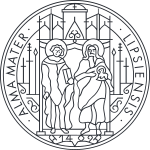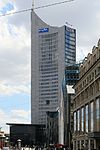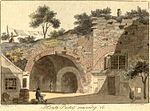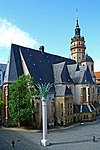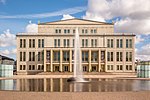Paulinerkirche, Leipzig
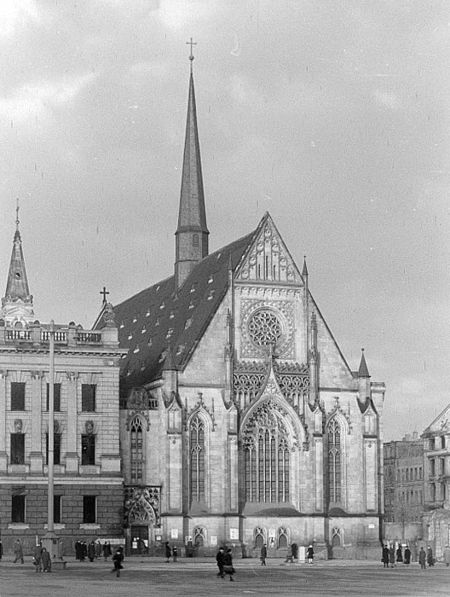
The Paulinerkirche was a church on the Augustusplatz in Leipzig. It was built in 1231 as the Klosterkirche St. Pauli for the Dominican monastery in Leipzig. From the foundation of the University of Leipzig in 1409, it served as the university church. After the Protestant Reformation it was donated to the university and was inaugurated in 1545 by Martin Luther as the Universitätskirche St. Pauli (University Church of St Paul), later also called Unikirche. Johann Sebastian Bach was director of music for "festal" (holiday) services in 1723−25. The church survived the war practically unscathed but was dynamited in 1968 during the communist regime of East Germany. After the reunification of Germany, it was decided to build a new university church on the site in the shape of the former church. A new building, the Paulinum (formally: "Aula und Universitätskirche St. Pauli", i.e. "Assembly Hall and University Church St. Paul"), was built on the site beginning in 2007.
Excerpt from the Wikipedia article Paulinerkirche, Leipzig (License: CC BY-SA 3.0, Authors, Images).Paulinerkirche, Leipzig
Grimmaischer Steinweg, Leipzig Leipzig-center (Mitte)
Geographical coordinates (GPS) Address Nearby Places Show on map
Geographical coordinates (GPS)
| Latitude | Longitude |
|---|---|
| N 51.338923412 ° | E 12.3799610138 ° |
Address
Tiefgarage Augustusplatz
Grimmaischer Steinweg
04109 Leipzig, Leipzig-center (Mitte)
Saxony, Germany
Open on Google Maps





